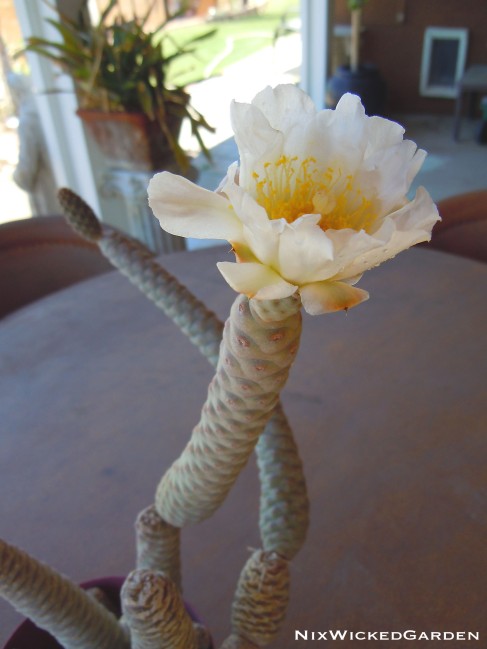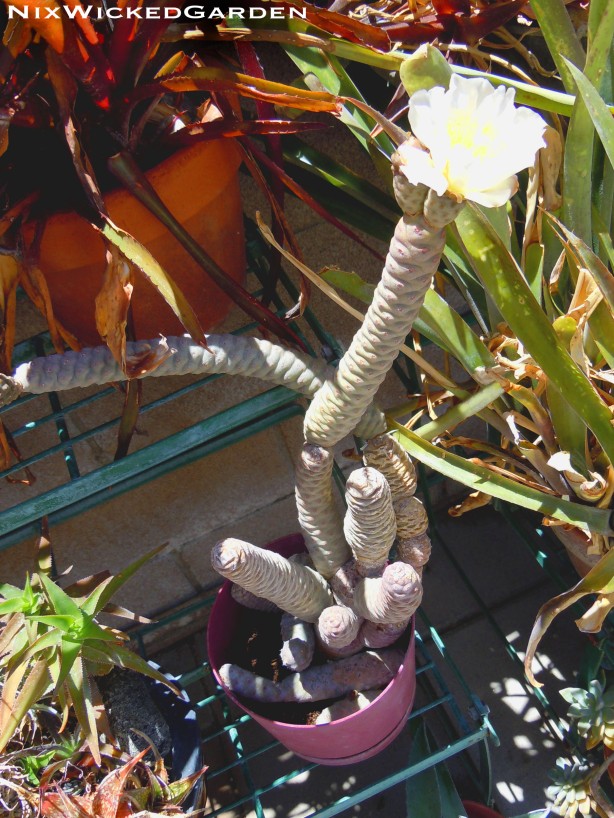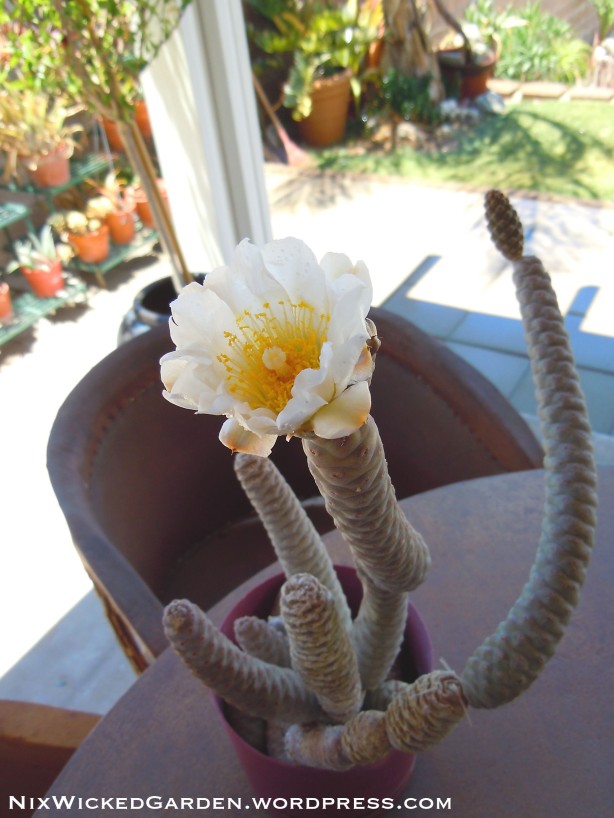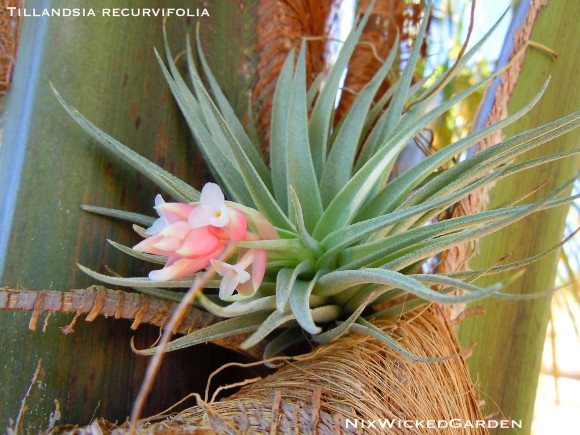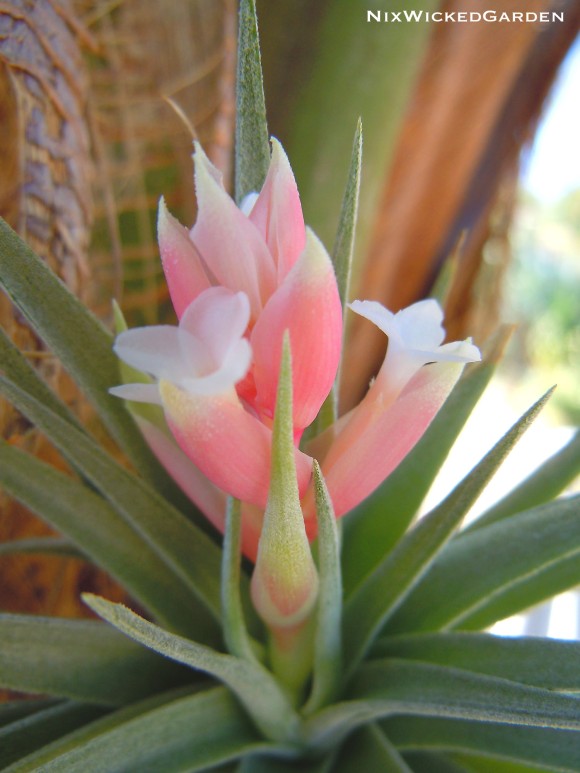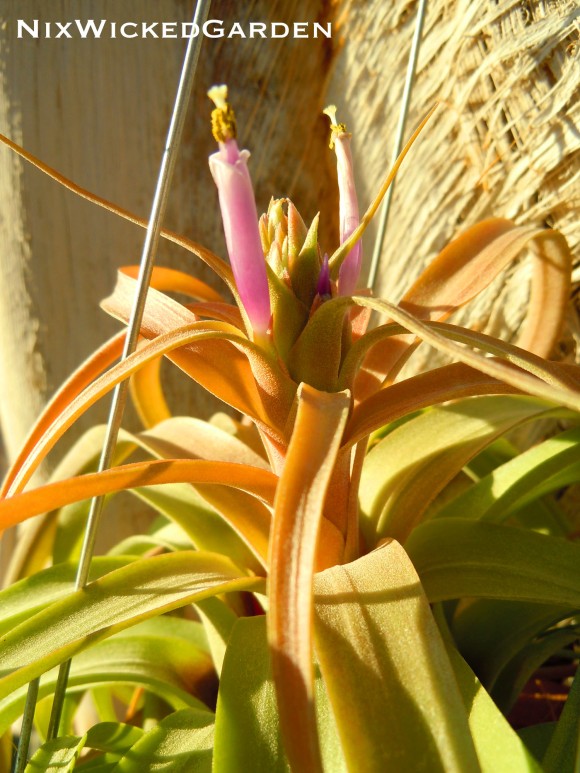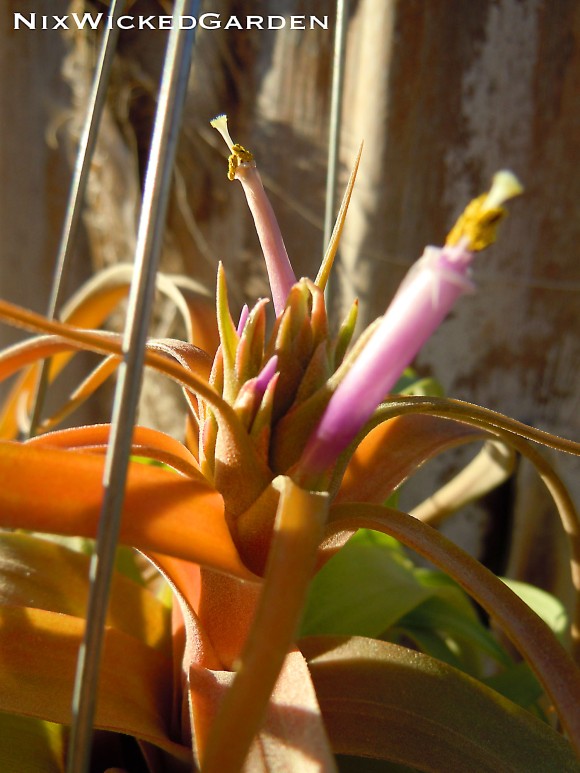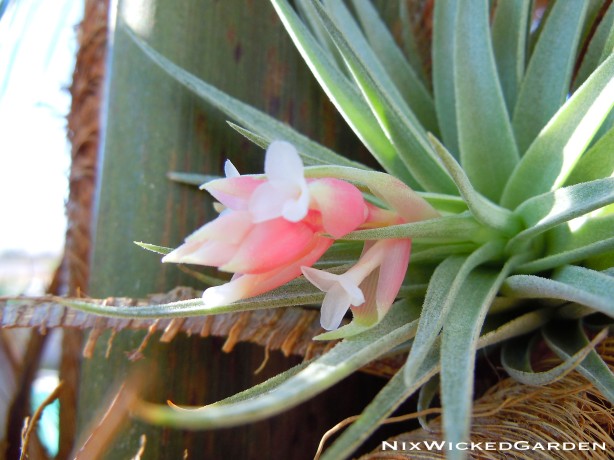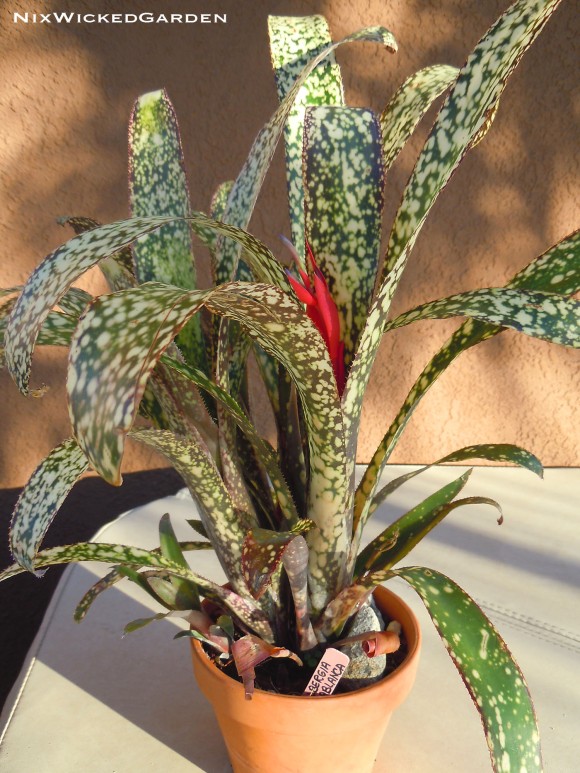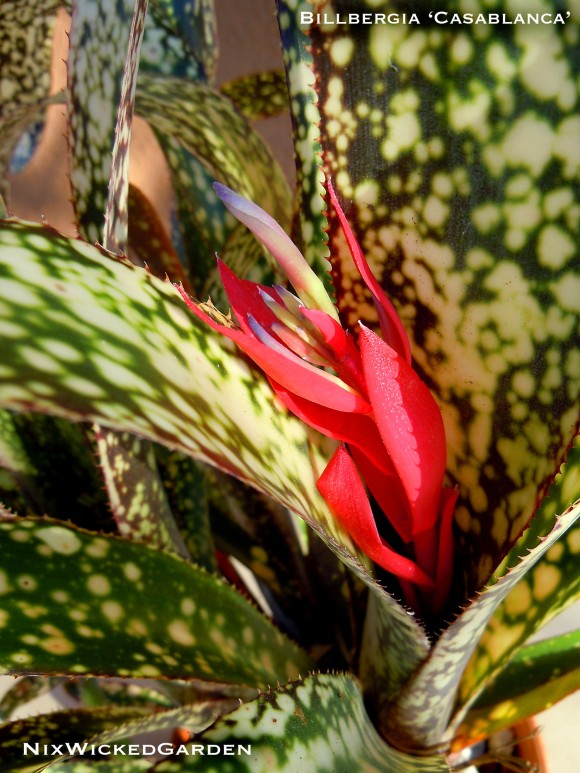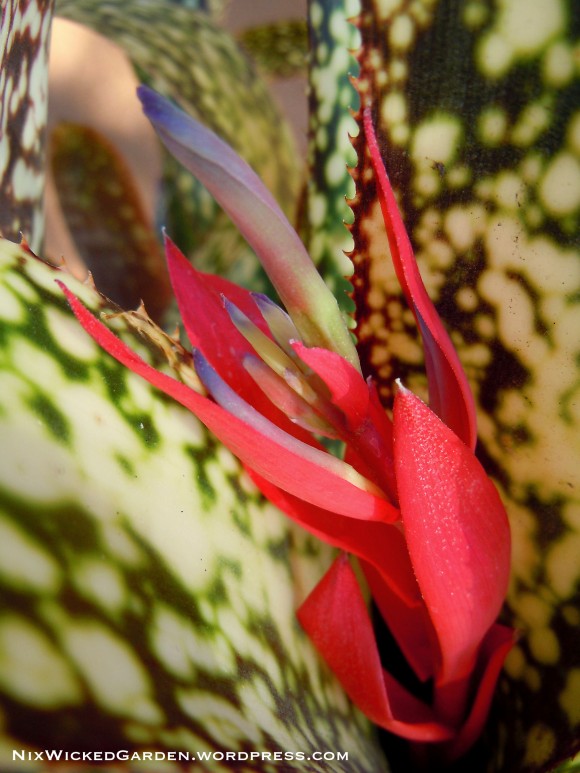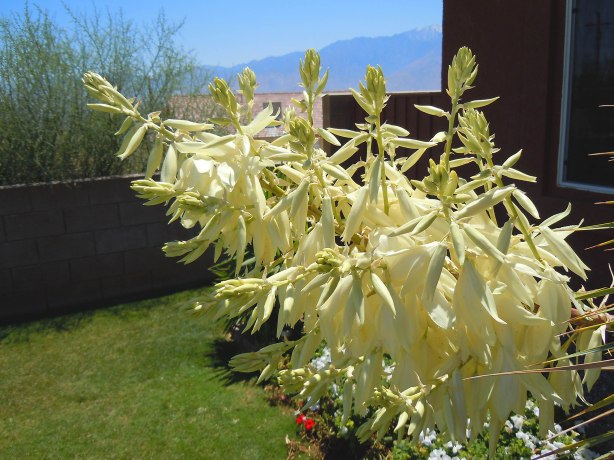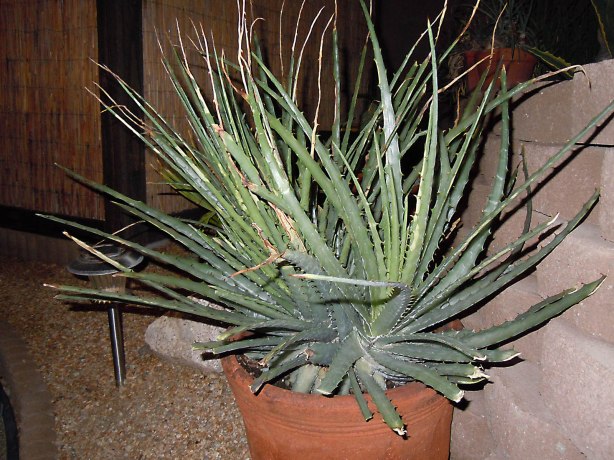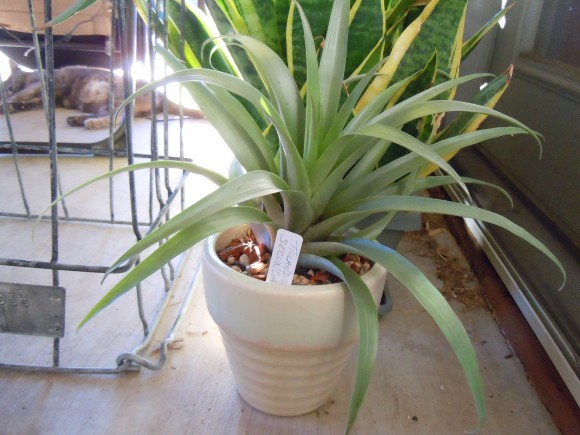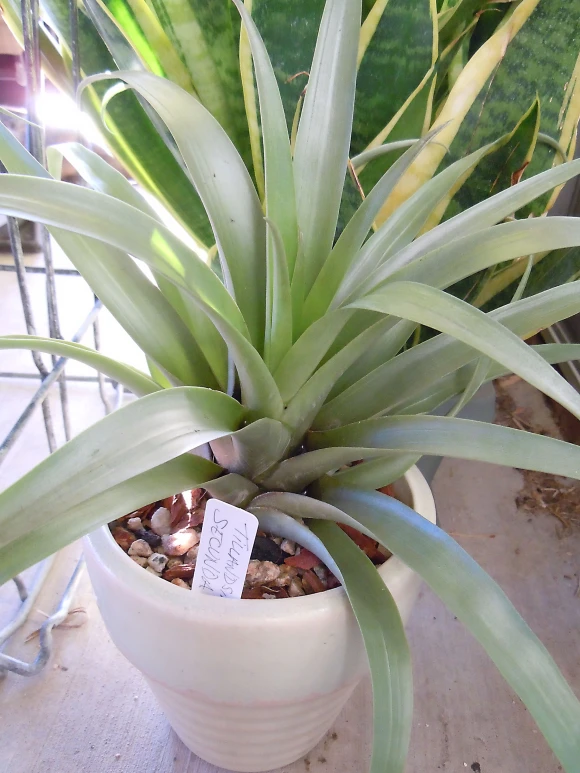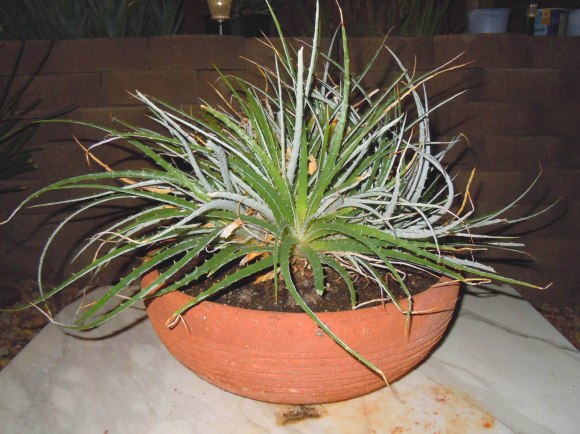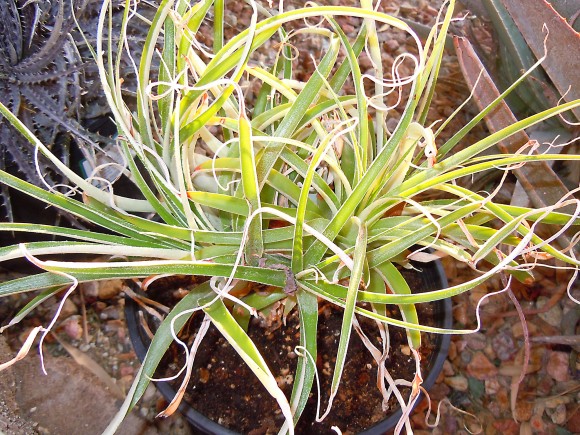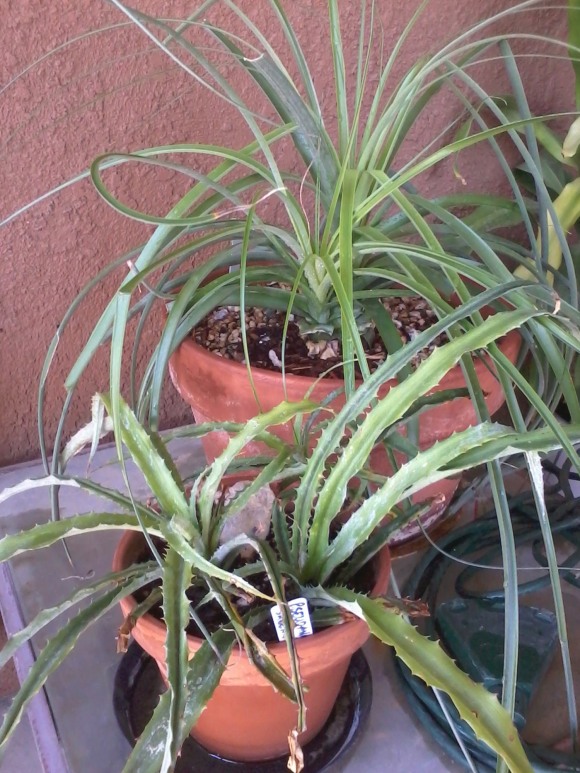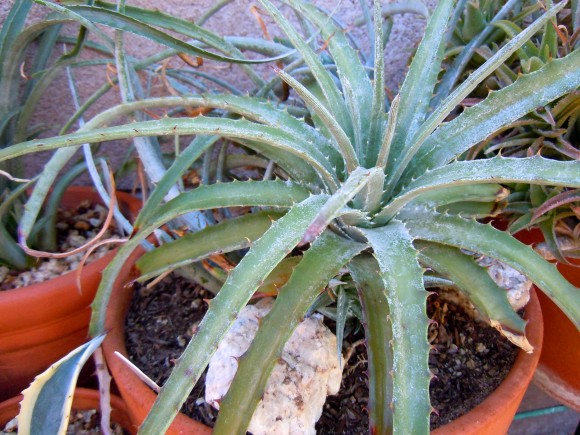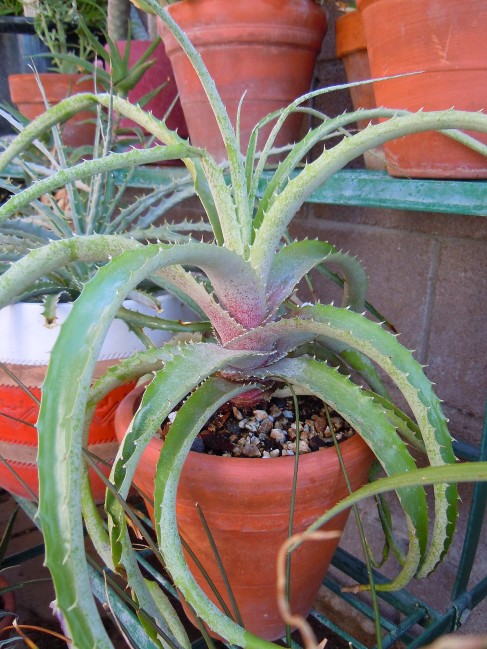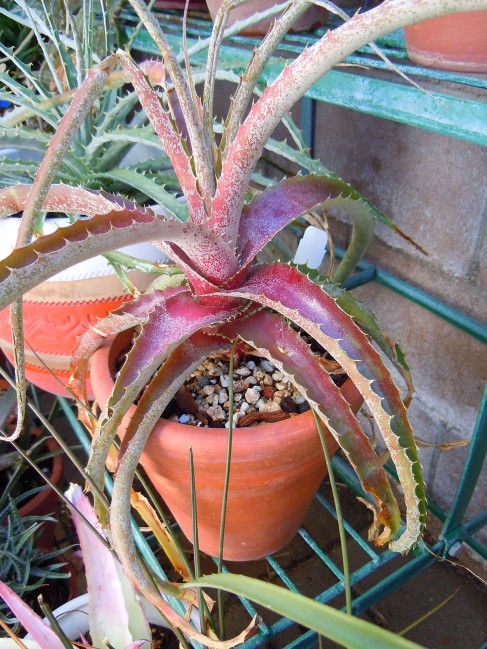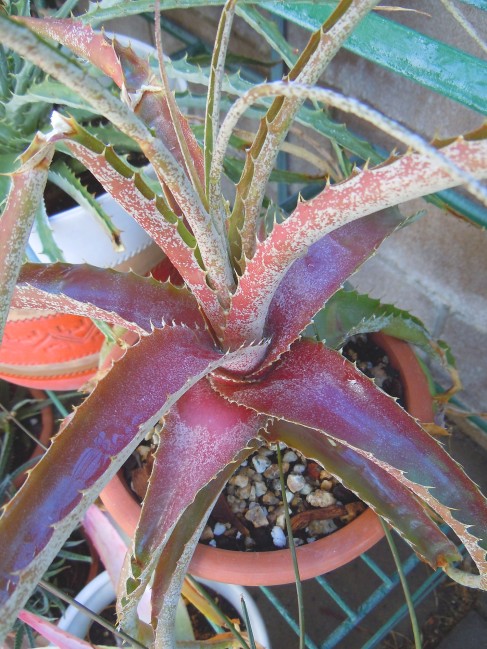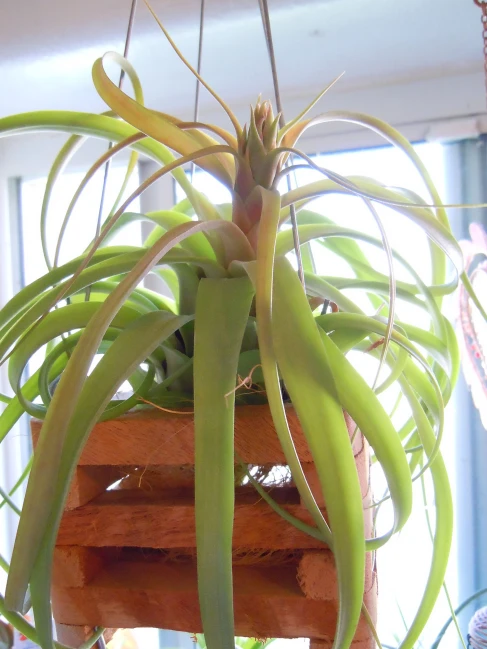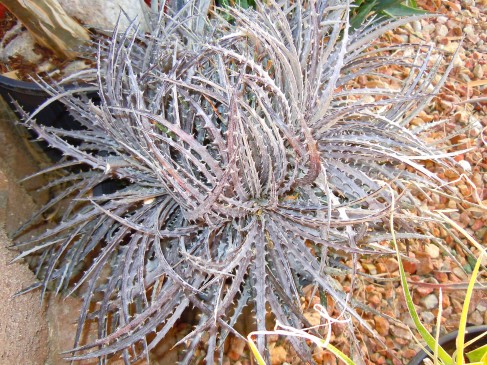I was looking through my plants and realized I had NO Orthophytum Bromeliads in my collection! Oh, the HORROR!!! This was not at all acceptable, because there are MANY of these that I want and have wanted for a really long time. Of course, one can NEVER find any of these beauties in nurseries around here in the Palm Springs area…
Understanding that “Orthos” can often command steep prices (such as many Dyckia species), I wasn’t sure I’d be able to buy more than one at a time. Luckily, I did a search on eBay and managed to find a couple at a decent price–provided a bunch of other collectors didn’t start competing with me for these plants! The vendor was “bromlady” at “Bromeliads R US”. I was very pleased at the condition of the plants on arrival as well as the fact that they sent me a bonus plant (a pup of Orthophytum ‘Pewter’).
All orthophytums are native to areas of Mina Gerais, Espirito Santo, Bahia and Paraiba in cenrtal to northern-eastern Brazil. They usually all have white flowers. These attractive and curious plants are found growing in rock crevices and high on granite cliff faces above streams, frequently at high altitudes, with constant water seepage often providing dampness to their roots. In their natural habitat, cool to medium temperatures of 10° C to 24° C are experienced all year and although they will tolerate higher or lower temperature conditions, they will NOT tolerate low light.

Orthophytum Iron Ore

Close-up of Iron Ore
These first 2 photos above, are of Orthophytum ‘Iron Ore’. Iron Ore is a hybrid of O. magalhaesii x O. saxicola var. aloifolium. The hybridizer was Jim Irvin. These are really cool looking plants. I have heard that Orthos are fairly slow growing. Perhaps this is why I haven’t ordered any before. I hate to admit it, but I kind of like “instant gratification” of a fast growing Brom! Of course, no plant will grow inches and inches over-night, or instantly throw out pups—but, I think I have matured to the point where I can wait awhile to see a slow-grower come into its own!

Orthophytum ‘Brown Turkey’
Unfortunately, I don’t know anything more about this plant pictured above, Orthophytum ‘Brown Turkey’. If I find any more info on it, I will update this post with additional information. I just thought it was attractive, was a good price and was offered by the same seller. The next pic is of the bonus plant sent—Orthophytum ‘Pewter’. It is a very young pup, but already has a good root system. I hope he will grow up to be a fine strong plant!

Orthophytum ‘Pewter’
Orthophytum ‘Pewter’ is actually the Silver variety of O. saxicola.
I am looking forward to picking up a few more Orthos for my collection–such as: O. navioides, O. vagans and Orthophytum gurkenii. *Sigh* Slowly but surely I’ll have a decent collection.
I can’t expect to EVER have all the plants I would like to, but trying to gives me good reason to get up every morning! 😉
